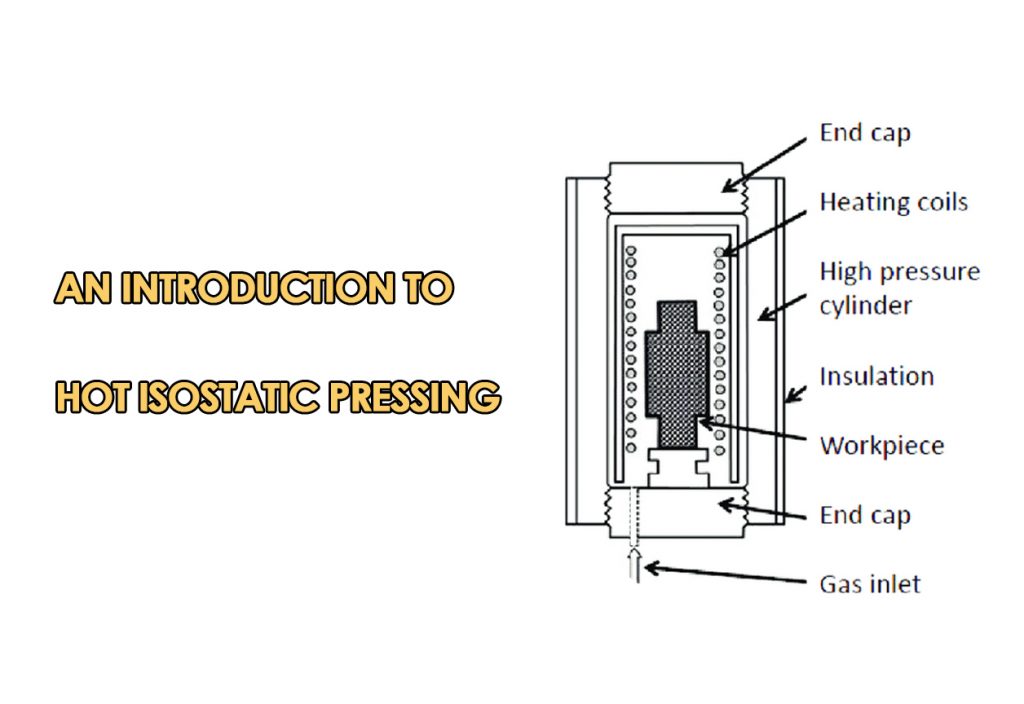See our Platinum Sputter Targets
Introduction
Platinum sputtering targets, often referred to as Pt sputter targets, play a crucial role in various industries, including electronics, optics, and materials science. This will cover everything you need to know about platinum sputtering targets. It will include their uses, how they are made, and the advantages they offer in different areas.
Applications of Platinum Sputter Targets
Platinum sputtering targets find extensive use in the semiconductor industry, optics, and biomedical applications.
- Semiconductor Industry: Platinum sputtering targets find extensive use in the semiconductor industry for the production of thin films. These thin films are essential components in electronic devices like transistors and capacitors, contributing to the miniaturization and performance enhancement of integrated circuits.
- Optics and Photovoltaics: In the realm of optics, platinum sputter targets are utilized for coating surfaces to enhance reflectivity or modify optical properties. Additionally, these targets are crucial in the manufacturing of photovoltaic cells, where thin films of platinum contribute to the efficiency and durability of solar panels.
- Biomedical Applications: The biocompatibility and corrosion resistance of platinum make it a preferred material for medical implants and devices. Platinum sputtering targets are employed to create thin films on medical instruments, providing a protective and biocompatible layer.
![]()
Manufacturing Process of Platinum Targets
The production of platinum sputtering targets involves several stages to ensure the highest quality and purity. The following steps outline the typical manufacturing process:
- Raw Material Selection: High-purity platinum is the starting point for manufacturing sputtering targets. The raw material undergoes rigorous quality control to eliminate impurities that could compromise the performance of the final product.
- Melting and Casting: The selected platinum is melted using advanced techniques, such as induction melting or electron beam melting. The molten platinum is then cast into a mold to form the desired target shape.
- Hot Isostatic Pressing (HIP): To enhance the density and structural integrity of the platinum target, hot isostatic pressing is often employed. This process involves subjecting the target to high temperatures and pressures, resulting in a denser and more homogeneous material.
- Machining: Precision machining is crucial to achieve the final dimensions and surface finish required for effective sputtering. Computer Numerical Control (CNC) machining is commonly used to ensure accuracy in the shaping of platinum sputter targets.
Further Reading: An Introduction to Hot Isostatic Pressing (HIP)

Benefits of Platinum Sputter Targets
- High Purity: Platinum sputtering targets boast exceptional purity levels, minimizing the presence of impurities that could adversely affect the properties of the deposited thin films.
- Chemical Stability: Platinum is renowned for its chemical stability, making it an ideal choice for applications where corrosion resistance is paramount. This characteristic contributes to the longevity and reliability of thin films produced using platinum sputter targets.
- Biocompatibility: In biomedical applications, the biocompatibility of platinum is a key advantage. Thin films deposited using platinum sputtering targets can be safely used in medical implants without triggering adverse reactions within the human body.
- Optical Properties: Platinum’s optical properties, including high reflectivity and low absorption in the visible and infrared spectra, make it a preferred material for optical coatings. This is particularly valuable in applications where precise control of light transmission is essential.
Challenges in Platinum Sputtering
Despite the numerous benefits, there are challenges associated with platinum sputtering. The cost of platinum can be a limiting factor for some applications, prompting ongoing efforts to reduce the amount of platinum required while maintaining desired properties. Additionally, target utilization and efficiency are considerations, leading to innovations in target design and recycling processes.
Recent Advancements & Future Prospects
Recent advancements in platinum sputtering include nanostructured films for catalysis, multilayered coatings, and innovations in sputtering techniques. These advancements aim to enhance the performance of platinum thin films and expand their applications in various fields. As technology progresses, the demand for platinum sputtering targets is likely to grow, driving further innovation.
Optimizing Platinum Sputtering for Enhanced Performance
To maximize the benefits of platinum sputtering targets and thin films, researchers and engineers focus on refining the sputtering process. Optimization strategies aim to enhance the performance of platinum thin films, improving conductivity, adhesion, and structural integrity.
Sputtering Parameters and Film Quality:
The control of sputtering parameters, such as deposition rate, substrate temperature, and gas composition, plays a crucial role in determining the quality of platinum thin films. Fine-tuning these parameters allows for the production of films with desired characteristics, ensuring optimal performance in specific applications.
Advanced Deposition Techniques:
The use of advanced deposition techniques, including pulsed DC sputtering and reactive sputtering, enables greater control over the film’s microstructure and composition. These techniques contribute to the production of platinum thin films with improved mechanical, electrical, and chemical properties.
Plasma Enhancement:
Plasma-enhanced sputtering techniques are being explored to further enhance the efficiency of platinum thin film deposition. Plasma assistance facilitates better film coverage, reducing defects and improving overall film uniformity. This approach is particularly beneficial in applications where precise and uniform coating is critical.
Platinum Targets in Research and Development
Beyond industrial applications, platinum sputtering targets play a pivotal role in research and development endeavors. The exploration of novel materials and the advancement of thin film technologies rely heavily on the availability of high-quality platinum sputtering targets.
Materials Innovation:
Platinum thin films act as a canvas for materials scientists and researchers to explore innovative combinations and structures. The ability to deposit platinum thin films with precision allows for the creation of new materials with tailored properties, pushing the boundaries of what is achievable in various scientific disciplines.
Emerging Technologies:
The development of emerging technologies, such as quantum computing and advanced sensors, often involves the utilization of platinum-thin films. These films serve as integral components in the fabrication of devices that require superior electrical conductivity, magnetic properties, or resistance to harsh environmental conditions.

Environmental Considerations and Sustainable Practices
As industries embrace the benefits of platinum-sputtering targets and thin films, the importance of sustainable practices cannot be overstated. The extraction and refining of platinum, being resource-intensive processes, prompt researchers to explore eco-friendly alternatives and recycling methods.
Recycling Platinum:
Recycling platinum from used sputtering targets and electronic waste is gaining attention as a sustainable practice. Establishing efficient recycling processes not only reduces the environmental impact of platinum extraction but also addresses the economic challenges associated with the scarcity of this precious metal.
Alternative Materials:
The exploration of alternative materials for thin film deposition is ongoing. While platinum offers unique properties, researchers are investigating more abundant and cost-effective materials that can replicate or even surpass the performance of platinum thin films in specific applications. This approach aligns with the broader goal of creating sustainable and environmentally friendly technologies.
Global Impact and Collaboration
The use of platinum sputtering targets and thin films transcends geographical boundaries, with research and collaboration fostering advancements on a global scale. Scientific communities and industries worldwide engage in collaborative efforts to share knowledge, address challenges, and drive innovation in the field of platinum sputtering.
International Research Collaborations:
International collaboration in materials science and engineering accelerates progress in platinum-sputtering technology. Researchers from different countries contribute diverse perspectives and expertise, leading to breakthroughs that benefit a wide range of industries.
Industrial Partnerships:
Collaboration between research institutions and industries is instrumental in translating scientific advancements into practical applications. Industrial partnerships facilitate the development of customized platinum thin film solutions tailored to specific industrial requirements, promoting the seamless integration of this technology into various sectors.
Conclusion
In conclusion, platinum sputtering targets and the resulting thin films play a multifaceted role in shaping the landscape of modern technologies. From their foundational role in semiconductor manufacturing to their applications in catalysis, sensors, and flexible electronics, platinum thin films continue to drive innovation across diverse industries.
As researchers refine sputtering processes, optimize deposition techniques, and explore new applications, the future of platinum sputtering targets appears poised for continued growth. Platinum-sputtering technology is at the forefront of materials science due to the search for sustainability and global cooperation. It helps people worldwide and crosses borders.
The evolving applications, optimization strategies, and global impact of platinum sputtering targets underscore their pivotal role in the ever-expanding realm of thin-film technologies. As we look forward, the journey of platinum sputtering continues, promising further breakthroughs and transformative applications that will shape the future of multiple industries.
Inquiry SAM's Pt Sputtering Targets




